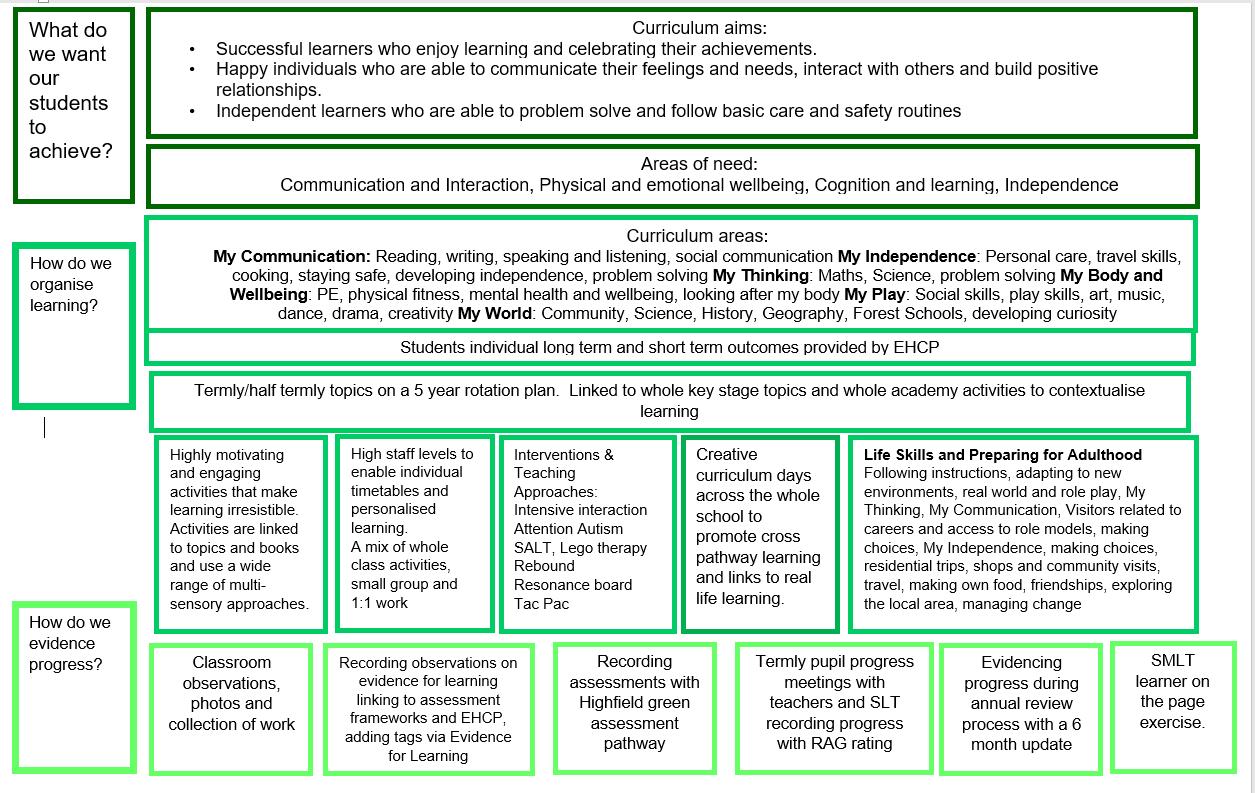

Complex Green Pathway Curriculum
Supported Semi-formal learning at Highfield Littleport Academy









How do we identify students for the Complex Green pathway?
• Students who are suited to the semi-formal pathway require a higher level of adult support for their learning needs, communication and personal care routines. They require sensory stimulation within their curriculum and scaffolds to their learning to aid development.
• Learning should be broken down into small steps and presented in a cross-curricular manner. There is some subject specific teaching in Phonics & Reading, Maths and English and there is a strong focus on engagement.
• Students are often working within the lower Pre Key Stage Standards.
• Complex Green learner characteristics include:
• Some functional communication via gesture
• Emerging social awareness
• Limited contextual awareness
• Linking of ideas and routines over a longer period of time
• Emerging levels of joint attention
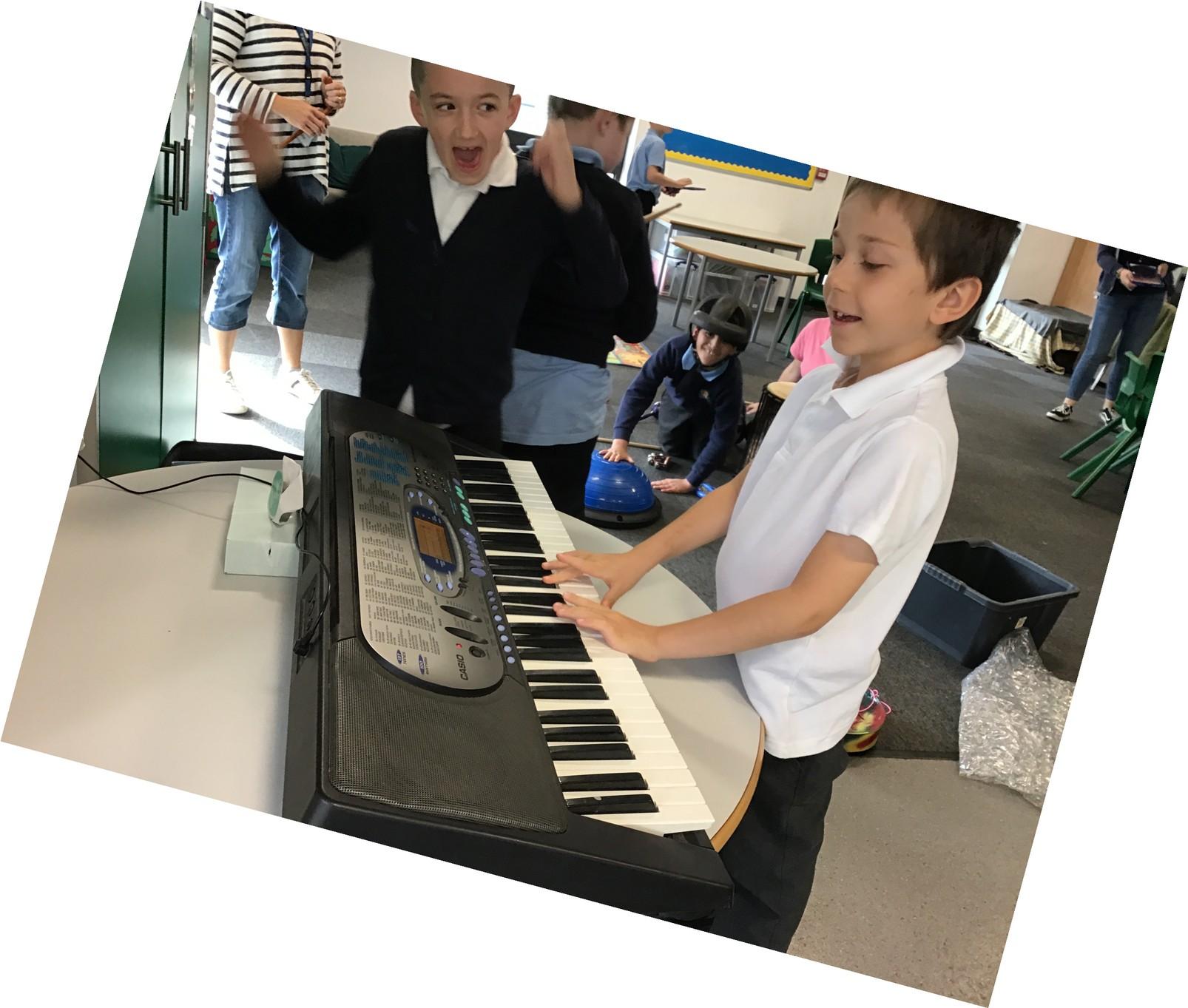







Core areas of Learning in the Complex Green Pathway
• The green curriculum has 6 key learning areas as shown below.
• Communication especially runs through all of the key learning areas and is a fundamental development tool essential to our students on the Complex Green pathway.
• There is a strong focus on engagement within the areas of exploration, realisation, anticipation, persistence and initiation.













Core areas of Learning in the Complex Green Pathway

My Body
My Communication

My World
My Thinking
My Independence Encompasses PE, PSHE & RSE
IT Skills, Maths, Science & Problem Solving
Speaking,& Listening, Reading, & Writing (English)
My Play

Geography, History, RE Creativity (Art & Music), Play Skills and Co-operation

Personal Care, Travelling Skills, Food Technology, PSHE & RSE








Core learning areas in the Complex Green Pathway
• Creativity is a key element of our curriculum, which is used as a method to access learning for many of our students on the Complex Green pathway.
• Students encounter sensory experiences through art and music and often use this to predominantly access learning.
• There is a strong focus on engagement recognising how well pupils are being engaged in developing new skills, knowledge, and concepts.
• In addition to the core skills there is a focus on children individual targets ensuring our curriculum pathways are responsive to each learner and builds on individual strengths and unique ways of learning.









The Complex Green Pathway within whole school learning and the wider academy
Facilitating engagement – exploration, realisation, anticipation, persistence and initiation
English, Maths, Science PSHE & RSE, Citizenship PE
Creativity (Art, Music, Dance)
World (History, Geography, RE, MFL)
Technology (Food Tech, DT, ICT & Computing)
Areas of learning are broadly similar but there are differentiated next steps within each pathway.
Students can cross between the pathways according to their needs and abilities within their whole school learning journey.








Complex Green Pathway Planning – Identifying Next Steps
• Learning is individualized and each student has their EHCP targets at the centre along with Green pathway outcomes to inform next steps.
• The Engagement Model is used as an assessment tool to measure how well learners are engaged in developing new knowledge and skills.
• The curriculum is underpinned by the HLA Green framework which sets out learning experiences in each of the 6 curriculum areas. Learning is delivered through a topic based approach with themes that engage student’s interests and makes learning irresistible.
• There are 6 half termly themes each year Dinosaurs, Castles, My Community and much more. These topics are adapted in accordance to student’s interests. Topics are flexible and in some circumstances may be moved and adapted throughout the year in response to students current interests as this will have the biggest impact on promoting engagement in learning.








Complex Green Pathway Teaching Approaches
• Sensory Stories - Sensory stories convey simple narratives using a mixture of text and complimentary sensory experiences. Each section of the story (normally just a short sentence or two in length) is accompanied by a sensory experience to help bring the story to life. For example, in a story where a boat is crossing a sea, water spray may be sprayed. When telling sensory stories, it is good to incorporate all the senses where appropriate so touch, smell, sounds, taste and visual stimuli. Sensory stories are appropriate for all learners in school and enable them to access stories in a many different ways rather than just auditory involvement.


• Attention Autism – Attention Autism is an intervention model designed by Gina Davies, Specialist Speech and Language Therapist. It aims to develop natural and spontaneous communication through the use of visually based and highly motivating activities.
• Story Massage - Story Massage combines the benefits of agreed positive touch through the use of story, rhyme or song. The programme contains ten simple massage strokes that are easy to learn and can be used in different ways throughout different Story Massage sessions. It supports learning and communication through play and positive touch.
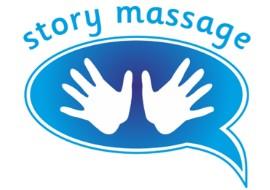







Complex Green Pathway Teaching Approaches
• Sensology - Sensology’s aims are to wake up the five basic senses (see, hear, touch, smell, taste) and also movement related sensory systems: the vestibular (balance, head movements and gravity) and the proprioceptive (body positions, body mapping and planning movements). The senses are stimulated and introduced individually and a familiar song/rhyme is used to cue in the session as well as children looking at themselves in a mirror.
• Identiplay – this is a parallel play model which helps to establish a shared focus on activities and develops early play skills
• Intensive Interaction - This teaches and develops the fundamentals of communication, attainments such as use and understanding of eye contact, facial expression, vocalisation leading to speech and taking turns in conversational exchanges.

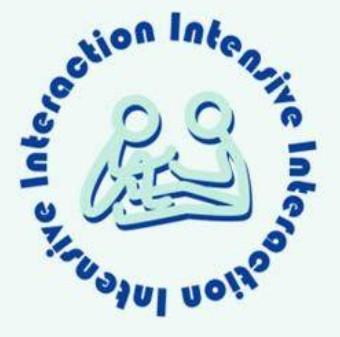
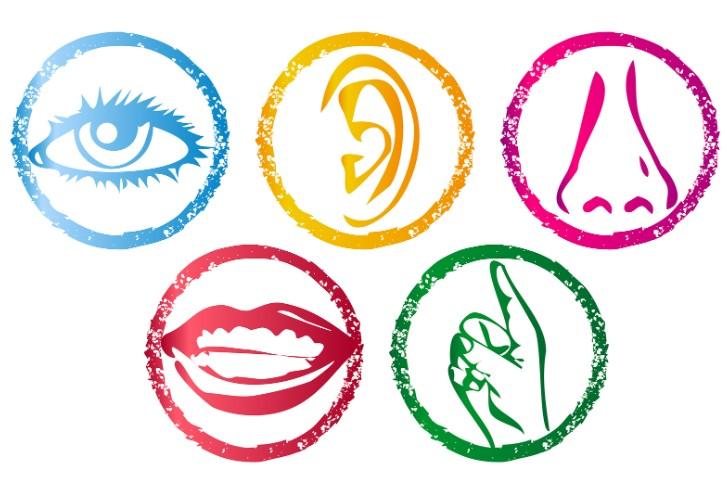
Learning opportunities are fortified in every moment of the day including lessons, playtimes, dinner, and trips out in the community including journey time. Social opportunities are maximised and there is a broad exposure to the world around them promoting essential skills for adulthood.







Complex Green Pathway Assessment
• Teachers and teaching assistants assess learning through observations, photo evidence and collection of work. This is recorded through an electronic system Evidence for Learning which enables us to simultaneously assess against individual EHCP targets and the Green pathway framework to use a formative assessment cycle to plan the next steps.
• Progress is evidenced and progress is assessed on a 10 point scale but we recognise that this progress can be over a long period. The assessment information then feeds into regular pupil progress meetings between teachers and senior leaders each half term where we use a RAG system to show students’ progress for curriculum and individual targets.

• We use the Engagement Model to measure small steps of progress prior to securing knowledge and skills. Observations are replicated in different environments to identify what works best for the pupil. Equally, one assessment activity can assess the pupil’s development through more than one of the 5 areas of engagement.








Complex Green Pathway Preparing for Adulthood
• We recognise that as students move into adulthood this is a time for significant change and students need to be prepared for this. Through our curriculum we aim to prepare students for this transition whatever age or ability.
• Learning is embedded within the curriculum but grouped under these four areas:
Independent Living – Feeding and drinking, toileting, real word experiences, cooking, understanding money, moving around independently, transport and road safety, independent living skills, managing time and money.

Community – Social interaction opportunities, team playing, developing friendship groups, staying safe, managing change.
Employment – development of English and Maths skills, real world encounters (fire stations, farms etc), exploring careers, meeting role models, personal interests, practical work experience opportunities.
Health – Development checks, statutory health checks, experiences of body change and development, puberty & sex education, diet and exercise, mental health and wellbeing.







Learning Values and Behaviours
• Our ethos of preparing students for the next step is underpinned by our five key learning values. Each area encompasses qualities we nurture and develop in our students on a daily basis. This varies from identifying the qualities by the adult and recognising this within individuals.
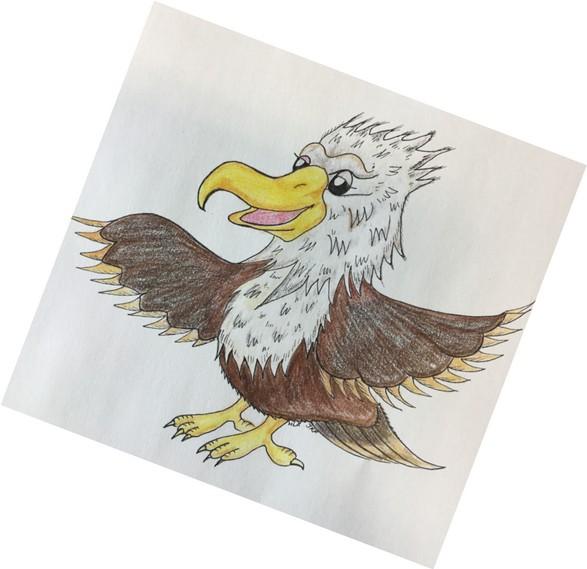
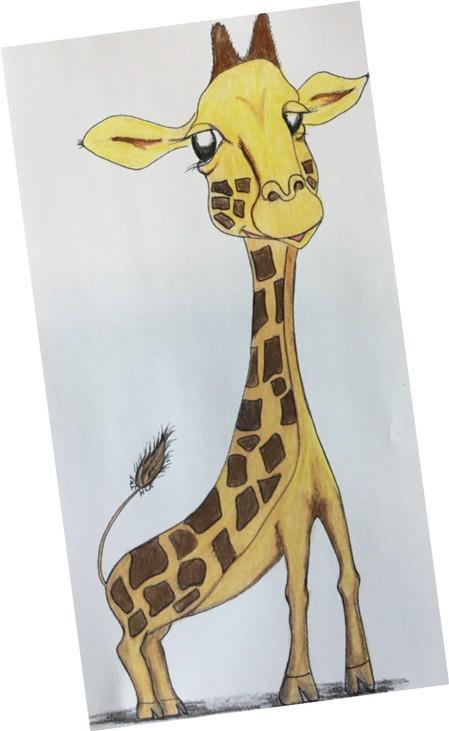
• Independence, Resilience, Thinking, Creativity, Team Work, Kindness

• All of these qualities are utilised in every day life. Through our teaching and learning we identify and practise these values so that students are able to recognise and being to apply them when they leave Highfield.
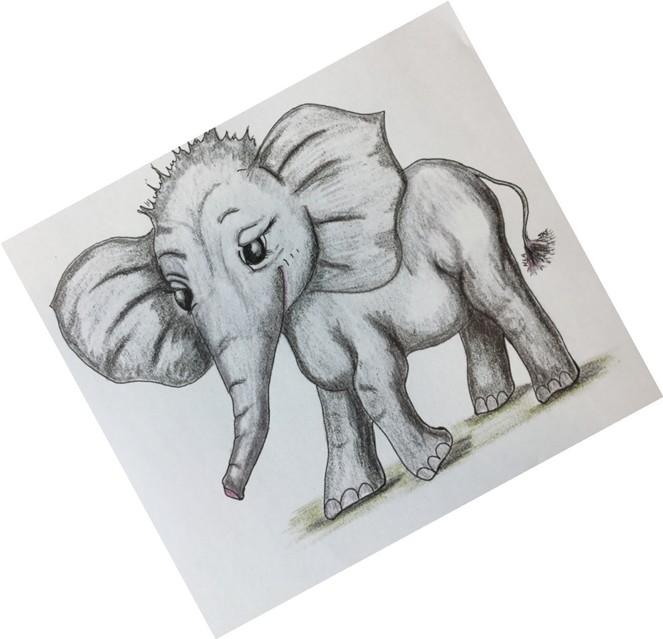
• Each value has an associated character to aid recognition and association.
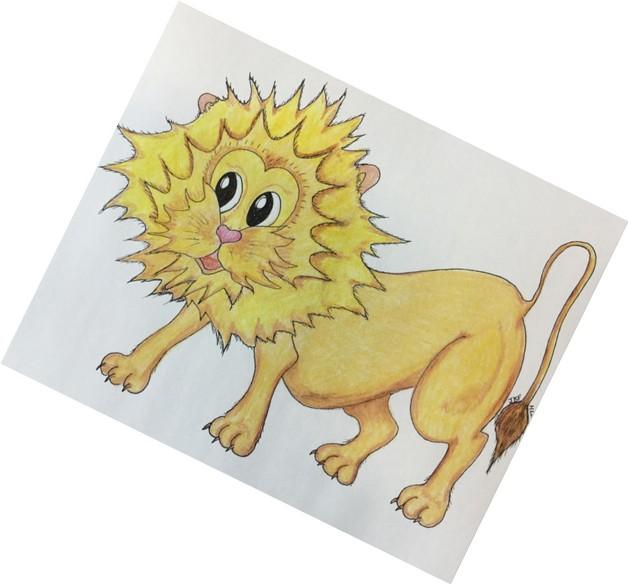
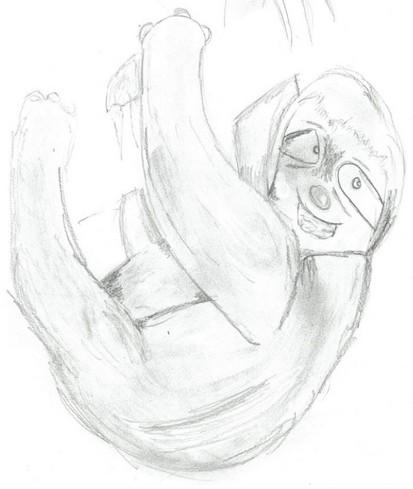








Complex Green Pathway End Points
Outcomes for learners in the green pathway vary according to the individual progress they make in their time at Highfield Littleport through the curriculum frameworks and against their EHCP outcomes. However all students are entitled to leave with recognised qualifications. We aspire for students to gain qualifications in the following areas:

ASDAN Life Skills Challenge –Maths
ASDAN Life Skills Challenge – English
ASDAN Life Skills Challenge – Functional Communication
Students also have recognition of achievements through the AQA Unit Award Scheme.







Complex Green Pathway Transition
Learners in the complex green pathway are likely to stay on Highfield Littleport roll until the end of the year they are 19, unless there is an alternative placement that would suit the individual's needs better than continuation at Highfield. Accessing LINC 19-25 is an option that can be explored if the individuals needs could be best met there. Discussions on moving on begin at the same time as the learners in the yellow and blue pathways, from at least the year 9 annual review.

Learners will transition on to a variety of placements according to the progress they have made and what provision there is available to move on to. Destinations could be specialist college courses at their local college, accessing a social enterprise, or a combination of both. Learners may move on to social care funded placements, and their EHCP is ceased if that is appropriate for the individual.








